Advertisement
Companies are exploring how smart assistants may improve processes, encourage new ideas, and give their employees more influence in the world of digital productivity. Microsoft's Copilot line of products includes the built-in Copilot for Microsoft 365, the customizable Copilot Studio, and bespoke solutions based on Azure OpenAI. These tools are transforming the way businesses talk to each other, analyze data, and automate processes. Each is a different path with its own level of alignment, complexity, and potential.
By learning about these options, leaders may be able to make their digital strategy more precise and more useful. If companies can balance scalability and customization, they may deploy technologies that match their current needs and help them expand.

When it comes to getting things done daily, Copilot for Microsoft 365 is like a chat companion integrated into products like Word, Excel, PowerPoint, Outlook, and Teams. It lets you develop things, sum up data, and repeat the same activities, all in plain English. This tool is meant to let people work together, create things, and engage with one another better without getting in the way of their normal activities.
This service should be simple to use immediately, so it can give value rapidly with little setup. This is good for the business's productivity. It helps people write emails, look at spreadsheets, and make presentations more clearly, giving them more time for deeper discussions and meaningful interactions.
Copilot Studio is a low-code platform that lets you create bespoke agents that connect to internal data sources and perform certain activities. This is all based on your business's particular requirements. These agents may work with users on a number of platforms, including Teams, SharePoint, and apps that are not part of the company. They can help users with domain-aware tasks or carry out workflows within certain limits.
This tool helps organizations generate new ideas by creating a framework for strategic development. It also helps non-technical teams establish operational resilience, connecting tools with process needs and increasing conversational knowledge across departments. As a result, businesses can create experiences that fit their corporate cultures and have a reason to exist.
Custom AI built on Azure OpenAI provides complete control over engineering and flexibility when it comes to demanding tasks like deep document analysis, intricate orchestration, or processing massive volumes of data. It allows you to pick your own model, fine-tune it, and leverage enterprise-grade data pipelines intended for capacity and performance.
This road opens up many possibilities for long-term change. It lets organizations create unique value propositions, link to specialized systems, and deliver information to all digital channels. It also means making a conscious choice to invest in development, governance, and ongoing maintenance.
In the panorama of possibilities, decision-makers must concentrate on purpose, resources, and scale. Copilot for Microsoft 365 is helpful for swiftly upgrading core applications as it works effectively with minimal setup. Copilot Studio enables you to make tiny modifications while keeping your internal procedures flexible. Custom AI is excellent when you require deep integration and tailored experiences.
From a strategic point of view, every choice is a step toward change. Companies need to determine their goals, assess their technical capabilities, and decide how much they want to develop their digital infrastructure. Choosing with a purpose makes it easier for users to embrace new tools and improves their collaboration.
There are evident trade-offs throughout the spectrum. Copilot for Microsoft 365 is handy, albeit it doesn't offer many customization options. Copilot Studio speeds up the construction of internal assistants, but it runs into constraints on the quantity of messages it can deliver and licensing concerns. Custom AI can grow as much as it wants, but requires infrastructure, competent control, and regular maintenance.
From the point of view of long-term innovation, organizations need to make these trade-offs on purpose. They need to develop a flexible plan to grow while still being fast, cheap, and easy to control. Clear expectations will allow teams the power to create a lasting impact while being flexible enough to address changing operational needs.
Governance is the most crucial issue right now because of corporate and government demands. Microsoft protects data very well in all of its products. For example, Copilot for Microsoft 365 works with tenants' existing rights and controls with Microsoft Graph. Copilot Studio uses the Security Development Lifecycle approach, and custom AI built on Azure ensures all company regulations are fulfilled.
This tiered guardrail technique fosters trust when it comes to resilience. Organizations may consider how sensitive the data is, how it will be used, and what sort of oversight it needs to ensure that each deployment is in accordance with their vision, values, and standards. These devices are not simply brilliant but built with thinking and purpose.
Microsoft keeps improving these products by looking at them through the prism of continuous development. Copilot for Microsoft 365 lets you engage with it in multiple ways and gives you priority access via Copilot Pro. Copilot Studio is introducing agent orchestration, new model choices, and licensing that enables messages to increase in size. Azure AI Studio also helps custom AI on Azure go further by giving it more model engineering tools and integration frameworks.
This approach pushes organizations to balance speed and foresight by continually assessing where to invest money for short-term needs versus long-term transformation. Staying flexible while keeping your aim clear ensures that progress is planned.

To enhance productivity and creativity, you must carefully pick between Copilot for Microsoft 365, Copilot Studio, and custom AI. Each choice offers its own set of bonuses, such as rapid time-to-value, scalable internal helpers, and unique solutions that can manage a lot of data and complexity. This choice is more than just technical; it's also strategic, because it decides who you give power to, what processes you improve, and how you change how your organization thinks.
By ensuring their tools align with a clear purpose, resilience, and vision, organizations may begin a transition that remains true to who they are and leads to long-term success. As each team utilizes these platforms more, they come up with new methods to work together, foster cultures of innovation, and create experiences that matter and have an impact. Picking the proper route leads to a future where innovative technology helps people reach their full potential instead of replacing them.
Advertisement

Intel’s deepfake detector promises accuracy but sparks ethical debates around privacy, data usage, and surveillance risks

Discover how Cerebras’ AI supercomputer outperforms rivals with wafer-scale design, low power use, and easy model deployment
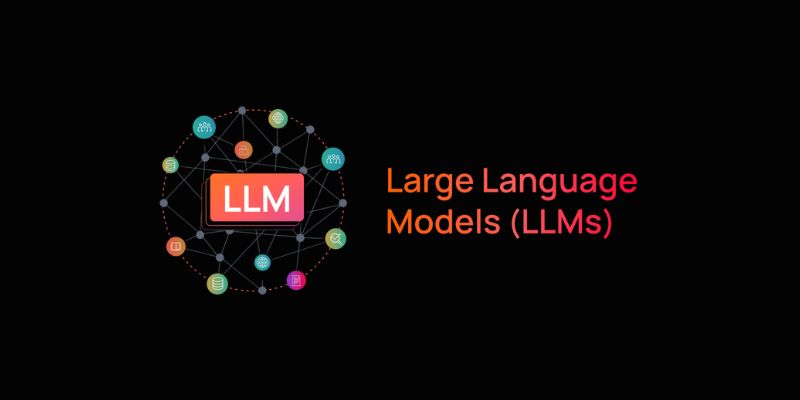
AI groups tune large language models with testing, alignment, and ethical reviews to ensure safe, accurate, and global deployment
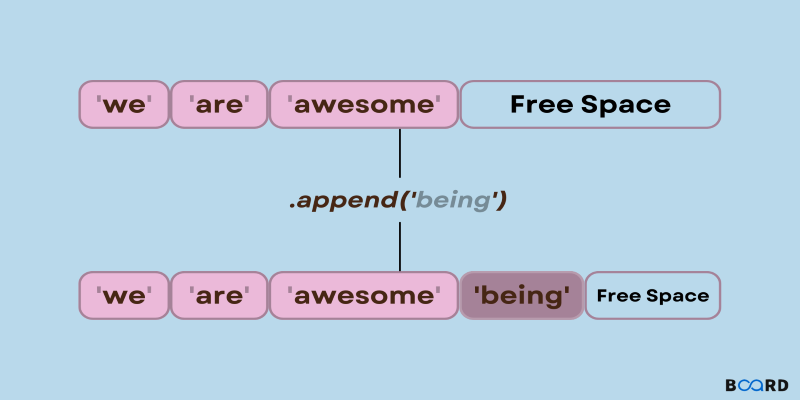
Need to add items to a Python list? Learn how append() works, what it does under the hood, and when to use it with confidence
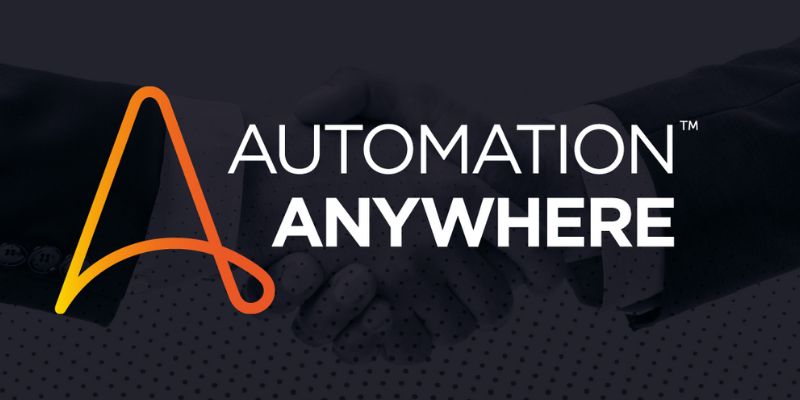
Automation Anywhere uses AI to enhance process discovery, enabling faster insights, lower costs, and scalable transformation

How to automate data analysis with Langchain using language models, custom tools, and smart chains. Streamline your reporting and insights through efficient Langchain data workflows

Are you overestimating your Responsible AI maturity? Discover key aspects of AI governance, ethics, and accountability for sustainable success

Apple’s AI-powered RoomPlan uses LiDAR and AI to create accurate 3D room models that integrate seamlessly with top design apps
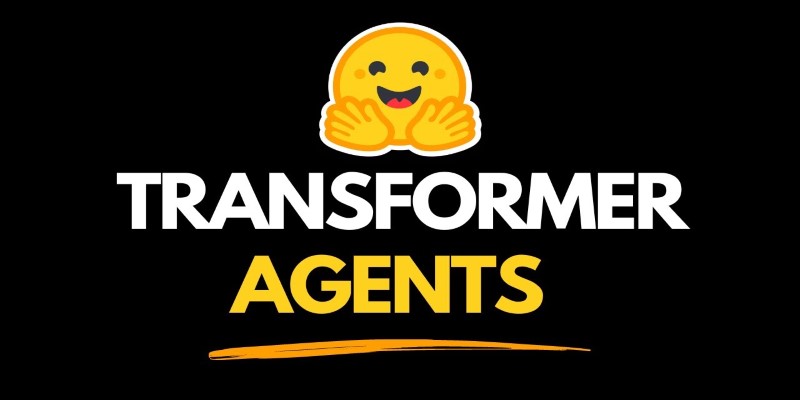
What if your AI could actually get work done? Hugging Face’s Transformer Agent combines models and tools to handle real tasks—file, image, code, and more

Compare Microsoft, Copilot Studio, and custom AI to find the best solution for your business needs.
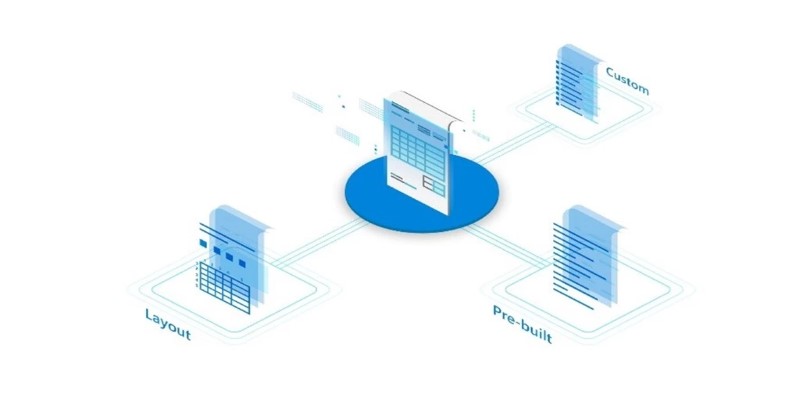
Want to save time processing forms? Discover how Azure Form Recognizer extracts structured data from documents with speed, accuracy, and minimal setup
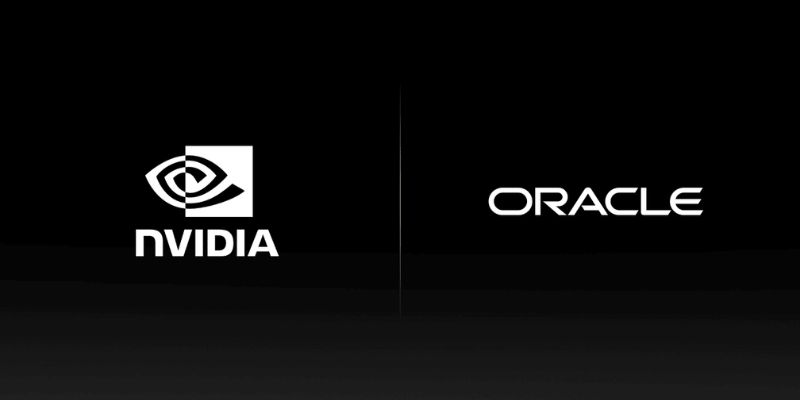
Oracle Cloud Infrastructure boosts performance by integrating Nvidia GPUs and AI-powered solutions for smarter workloads